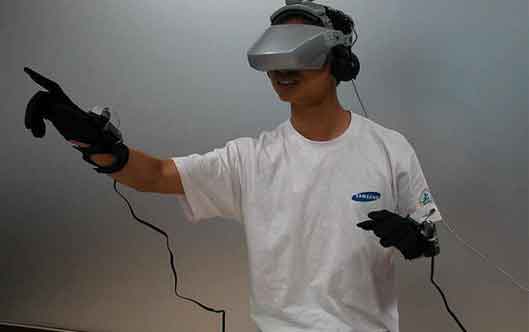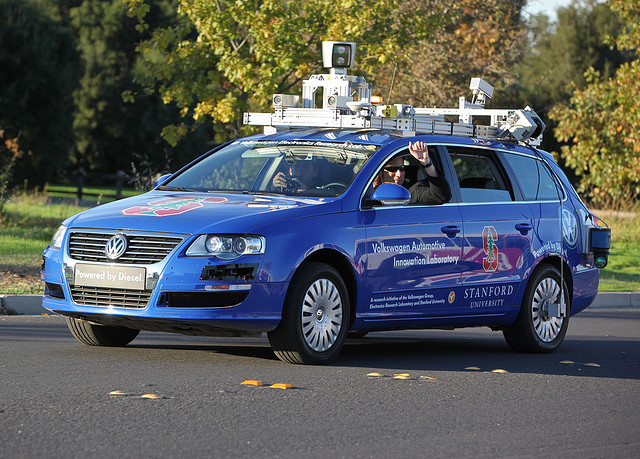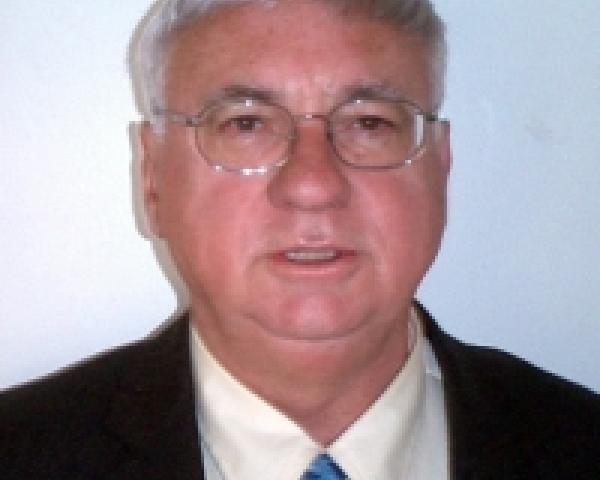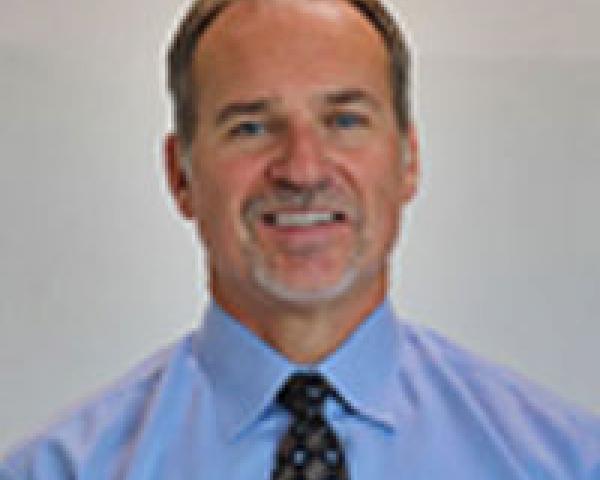This is part of a series of interviews by Shefi Ben Hutta with insurance practitioners who bring an interesting perspective to their work and to the industry as a whole. Here, she speaks with Kevin Kerridge, the head of Hiscox Direct, who says, among other things, that the UK is five years ahead of the U.S. on small business insurance.
To see more of the "A Word With Shefi" series, visit her thought leader profile. To subscribe to her free newsletter, Insurance Entertainment, click here.
Describe what you do in 50 words or less:
Building a business in the USA for Hiscox that is reinventing small business insurance -- selling policies direct to consumers and through a select group of distribution partners.
What led you to your career in insurance?
I wish I could say it was some form of grand plan, but it wasn't. I come from a very humble background and from the age of 11 found small jobs around the neighborhood to earn some extra pennies. It's served me well over the years in relation to work ethic and never taking anything for granted. Despite good grades at high school, my parents couldn't afford to send me to college, and so I decided to go straight into work -- the most attractive offer being an insurance company. The rest is history.
Describe the Hiscox brand in one sentence:
Bold, courageous and contemporary -- coupled with a sense of tradition where it matters, in areas like integrity, honesty and being human. As an insider, it feels like we're in the insurance industry but not of it.
Name one similarity and one difference between how consumers shop for insurance in the U.S. vs. the UK:
The UK is five years ahead of the U.S. in the small business insurance space. In the UK, the first place most small businesses go for insurance is the web, whereas in the U.S. it's still the local agent who dominates. One similarity is that small business consumers see insurance as a low-interest purchase -- they want to get the right coverage, fast and at good value for money -- so that they can focus their energy on running and growing their business.
Do you think insurance agents are a thing of the past for small business insurance?
Absolutely not -- but they will look different than they do today. At Hiscox, we've leveraged our investment in the direct-to-consumer infrastructure to enable agents to access our custom small business products for their existing customer base. Our wholesalers love it because it gives them a very efficient and effective way to win in the $500 premium space -- our slick technology solution coupled with their valued expertise is a powerful mix.
What has been instrumental in establishing Hiscox's presence in the U.S. small business insurance space in a relatively short amount of time?
Two things came together very quickly for us in 2010 - an obvious market opportunity where business consumers were moving to the web, and no market incumbents were serving that need. Having already built this business in the UK, the ace up our sleeves was our crystal ball in relation to an intimate understanding of what it takes to make that business model a success. In addition to our crystal ball, we are also lucky enough to have an executive team with the stomach to invest behind this opportunity - the investment required for success is material (think hundreds not tens of millions of dollars) and the path to profit is a long one. A patient executive team and shareholders are critical.
In 2010, Hiscox was the first insurer to allow the actual sale of small business insurance to occur online for your products and classes. What allows Hiscox to truly deliver the promise of omnichannel?
Too many insurance businesses are still inwardly focused; going into dark rooms to build very complex solutions they think they can sell to consumers. At Hiscox, we try to build around the customer. As an aspiration, we talk about being a marketing and technology company that just so happens to provide insurance products -- we're not quite there yet, but having that mindset is important.
What do you find the most challenging in Hiscox's digital operation?
The speed of change and building a technology infrastructure to keep up with that. We started building the blueprint for our U.S. small business operation in 2009 -- it feels like it was just yesterday, and yet the iPad didn't even exist then, and I think I was still using a 56k dial-up modem at the time.
Five years later, are small business owners ready to really buy insurance online?
I'm still trying to figure out whether that's a trick question! Hundreds of thousands of small businesses have already purchased insurance online in the U.S., and those numbers will only continue to grow. The real question is whether the insurance industry is ready to make the material shift needed to provide small business consumers with the online purchasing experience they're accustomed to experiencing online.
What is the strategy or the thinking behind Courageous Leaders, and what do you hope to achieve with it?
In our overall U.S. business, our brand platform is Encourage Courage. It's not about courage in taking insurance risk, but a more holistic view of the courage needed to build successful businesses and embrace those emotional fears we all have in life. In this respect, we have huge affinity with the small business community - many of whom put everything on the line to follow their passion. Courageous Leaders is a celebration of entrepreneurial courage -- and us tipping our hat to the courage they show. I hope it inspires others.
What other insurance brand (insurer, vendor etc.) do you admire and why?
There are a handful of small brands in the online small business insurance space that are showing tremendous entrepreneurial spirit in grasping the changing small business insurance landscape -- I have great admiration for them. They truly are the gold prospectors of our industry in these times.
Favorite quote?
Two come to mind, both from people who have had a massive impact on my career and life, and both quotes said to me in person. The first, from Robert Hiscox, was, "I don't mind you losing me money occasionally, Kevin, but never lose me my reputation." The second was from our Group CEO, Bronek Masojada: "In life there are good bets. And there are bad bets. But not all good bets are winning bets."
When you are not working in insurance, you are most likely…
I love spending time with my amazing wife and four wonderful children -- just taking in everyday experiences together, from cooking to traveling. I'm blessed that they've all been willing to make sacrifices along the way to support my passion for what we're doing at Hiscox. Outside of that, my one selfish passion is fishing -- the thrill of the catch, coupled with some downtime in the fresh air to collect my thoughts...





















